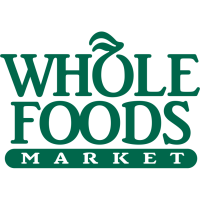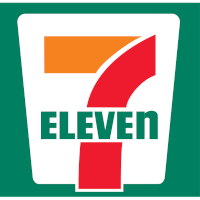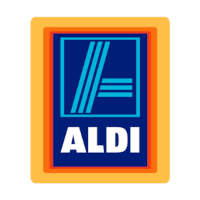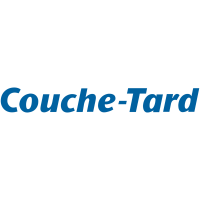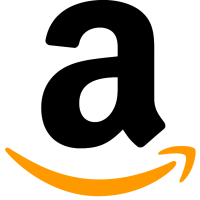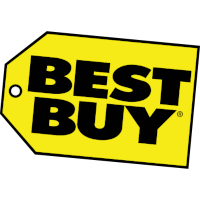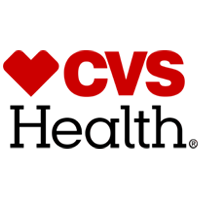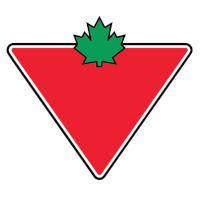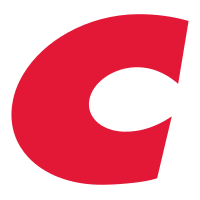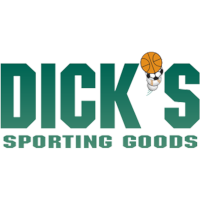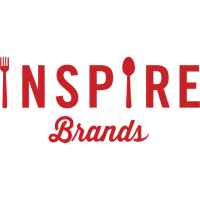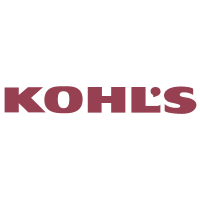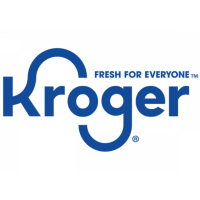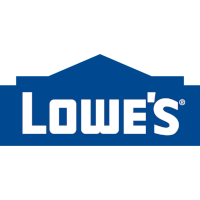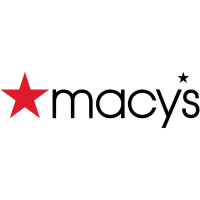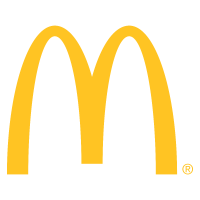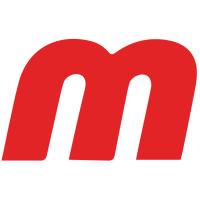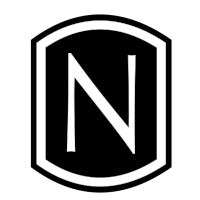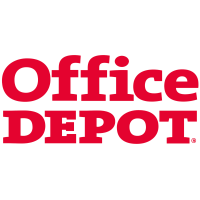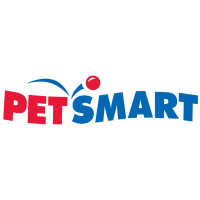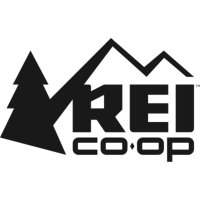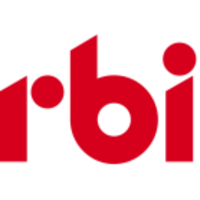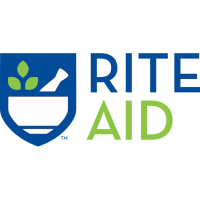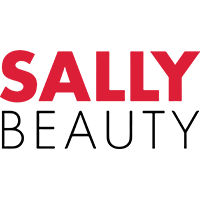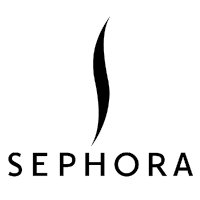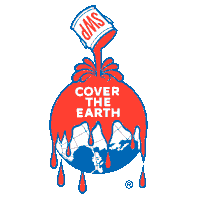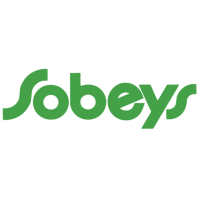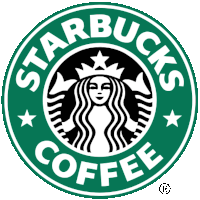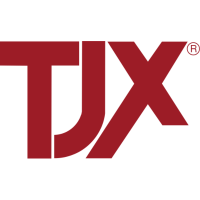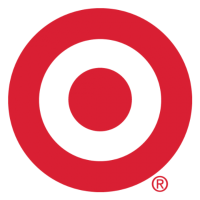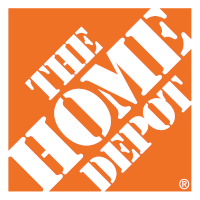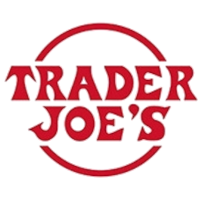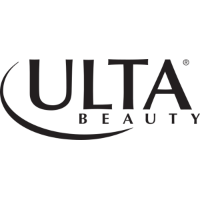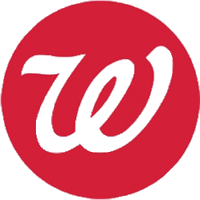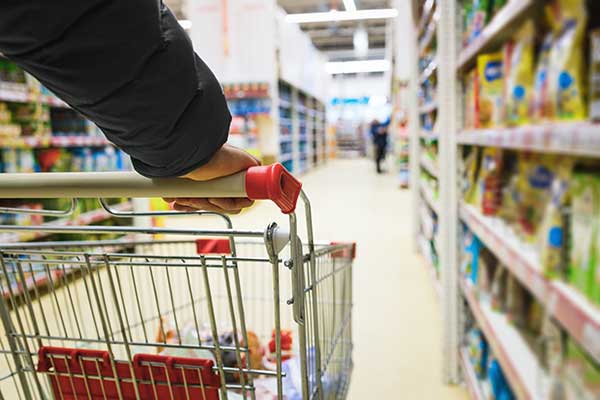Key Findings and Recommendations
- Corporate Commitment: Whole Foods Market’s approach to limiting chemicals is articulated in multiple publicly available quality standards for beauty, body care, and cleaning products that are more specific than many other corporate policies. It also explicitly states a preference for safer alternatives. The company partnered with Green Seal, a third-party certification organization, in the development and execution of its Eco-Scale™ Rating System for household cleaners that it launched in 2011. Whole Foods Market is a signatory to the Chemical Footprint Project (CFP) and responded to the CFP 2023 survey. Whole Foods should publicly support governmental policies to reduce chemicals and plastics of high concern.
- Transparency: Whole Foods Market requires suppliers of all formulated products, including beauty products of environmental justice concern, to publicly disclose ingredients, except fragrances and flavors. The company also provides clear expectations in contracts with suppliers regarding its standards and unacceptable ingredients and offers trainings and supplier summits to ensure information is clearly shared. Whole Foods Market requires suppliers of private-label products to test in third-party labs and provide it with the results. Whole Foods Market calculated the chemical footprint of its body care and household cleaning products as part of the CFP 2023 survey and agreed to make its scores and responses publicly available.
- Ban the Bad: Whole Foods Market has restricted seven of the Ban the Bad Priority List chemical classes: alkylphenols and alkylphenol ethoxylates, benzophenones, bisphenols, formaldehyde releasers, heavy metals, ortho-phthalates, and PFAS. In addition, if an ingredient is not listed on the company’s Quality Standards lists, it is automatically deemed unacceptable until reviewed by the company’s Quality Standards team. As a result, additional classes not included on the Quality Standards lists are also unacceptable, including 6PPD and related compounds, organotins, and PCBs. The company has also banned polycarbonate, polystyrene, expanded polystyrene, PVC, and PVDC from private-label and food service packaging. Whole Foods Market’s Chemical Footprint 2023 survey for body care and cleaning products showed a reduction in chemicals of concern of 33 percent from 2021. Whole Foods Market has set a goal to reduce its chemical footprint by 30 percent, focusing on mineral oils, petrolatum, and boric-acid derivatives.
- Safer Solutions: Whole Foods Market sells some formulated products that are EPA Safer Choice Certified. While the company has developed a process for approving ingredients in formulated products that includes reviewing scientific and medical studies, it has not publicly established clearly defined minimum criteria for safer chemicals or materials.
2024 Detailed Analysis of Whole Foods Market
Corporate Chemicals Policy
Adopted a safer chemicals policy
Oversight
Established management oversight
Chemical Footprint Project (CFP)
Participated in the CFP
Collaboration
Actively participates in collaborative process to promote safer chemicals
Public Policy Support
Supported governmental policies to reduce chemicals or plastics of high concern
Supply Chain Disclosure
Brands report use of chemicals or plastics in products or packaging to retailer
Supplier Accountability
Ensures supply chain accountability for chemicals or plastics restrictions
Consumer Disclosure
Brands disclose use of chemicals or plastics to consumers
Chemical Footprint Calculation
Publicly disclosed its chemical footprint
Restricted Substances List (RSL)/Manufacturing Restricted Substances List (MRSL)
Reduction/Elimination Goals
Chemicals and Plastics Reduction
Reduced or eliminated toxic chemicals or plastics of high concern
Safer alternative definition
Adopted a definition of safer alternative consistent with Washington state
Investment in Safer Solutions
Invested financial resources to advance and drive development of safer solutions
Implementation of Safer Solutions
Replaced chemicals or plastics of concern with safer solutions
Quantified Safer Products
Measured and disclosed progress towards safer products
How does Whole Foods Market compare to its competitors?
Previous Grade History
NOTE: Our evaluation criteria changed in 2024. The scores from previous review years through 2021 are based on a different set of criteria measured.
Click or tap on a grade year to review additional details (where available).



